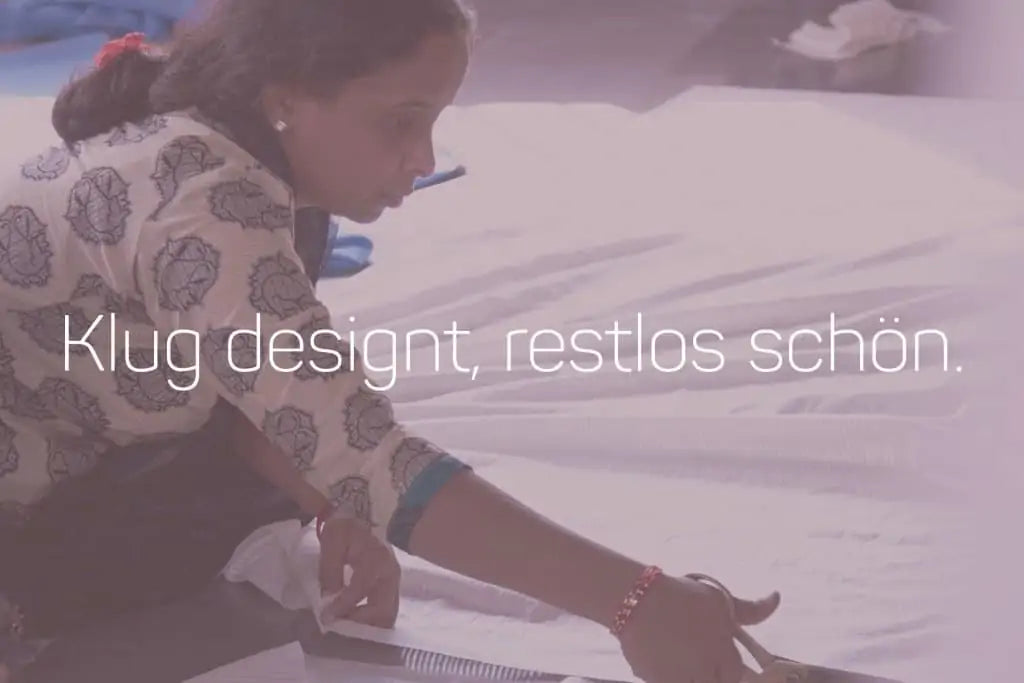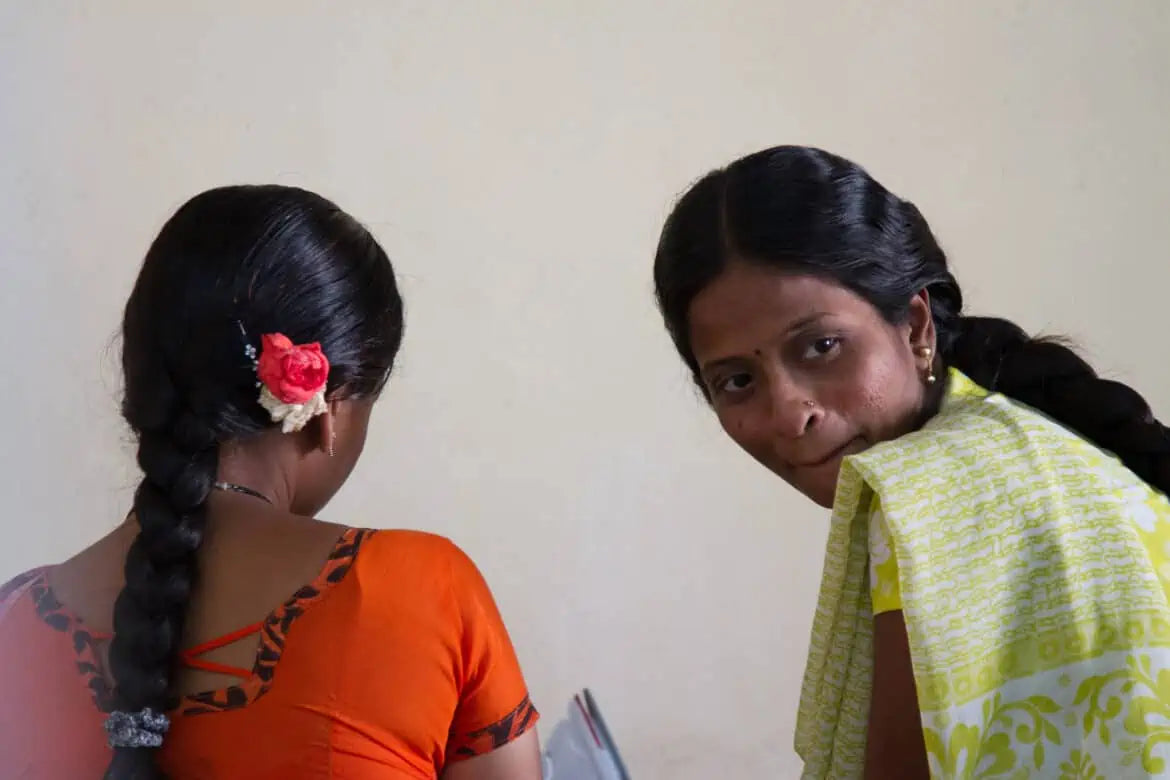how does fashion work without waste?

Fashion creates waste. A lot of it. It starts in the factory, where on average around 15% of the fabrics that were actually intended to become clothing end up on the factory floor after being cut. It continues in the shops. Up to 52 collections a year lead to enormous overproduction. Even the cheapest sale cannot get rid of all the items, so they ultimately have to be disposed of. Of the items of clothing that end up in wardrobes, two billion, or almost 40%, lie around almost unused across Germany (Greenpeace).
This is madness. This has to stop. But how? This week we want to think with you: “How can fashion be without waste?”
First ask, then sew
We don't want overproduction! That's why we launch our new items of clothing as part of crowdfunding campaigns. There you can secure your favorite item in advance, so to speak, and we can see which pieces are popular and which aren't! For us, crowdfunding is a medium to get your opinion. Through your participation, we minimize the "leftover" by simply not producing much more than we sell.
Because we can plan much better how high we need to set the quantities, which garments we will start the production phase with – and which fabrics we need to reorder more of because you like them so much 😉
Actually it’s quite simple: ask first, then sew.
Cleverly designed, completely beautiful
On average, around 15% of the fabrics that were originally intended to become clothing end up on the factory floor after they have been cut and ultimately in the trash.
It can be done better! Straight cuts and clever design enable us to reduce waste to a minimum. But of course it is still impossible to avoid leftovers completely. If there is anything left over, we use it in our upcycling products. And the very last pieces that end up in the big bin in the corner are used to make pillow fillings for the children in the neighboring boarding school. In our sewing workshop, the motto is: Zero Waste!
Get out of the hamster wheel! Clothes instead of collections
Guess how many collections there are in large fashion chains every year? Two? Maybe four? Far from it! There are up to 52 a year! Did you check? Yes, that's right, that's one a week! Completely absurd, you think? Exactly!
We want to get out of this fast-fashion hamster wheel, where what is being sold to us as the latest thing today is already "out" next month. We want to say goodbye to the idea of a "collection" and instead simply make beautiful clothes. That's why you won't find any "attractive collections" with us, but rather timeless designs that impress with sophisticated details and will still fit in with the rest of your wardrobe next year. It is important to us that the individual pieces can be combined well, worn regardless of the season and used in different situations. An outfit for all occasions, so to speak!
Conclusion: Absolutely beautiful clothing!
We are constantly working on optimizing our designs in terms of sustainability, only producing what we sell and coming up with creative solutions for the leftovers that still arise. Since we only work with cotton fabrics, the fabrics are also almost 100% recyclable. No plastic, no synthetics, as little chemicals as possible.
But we also have a wish for you: We hope that the clothes that we put so much thought, time, work and material into are in good hands with you. Take good care of them! Repair them if something happens. Dye them if you have a stubborn stain. Exchange them if they really don't fit anymore. Appreciate them - and above all, have fun with them!



